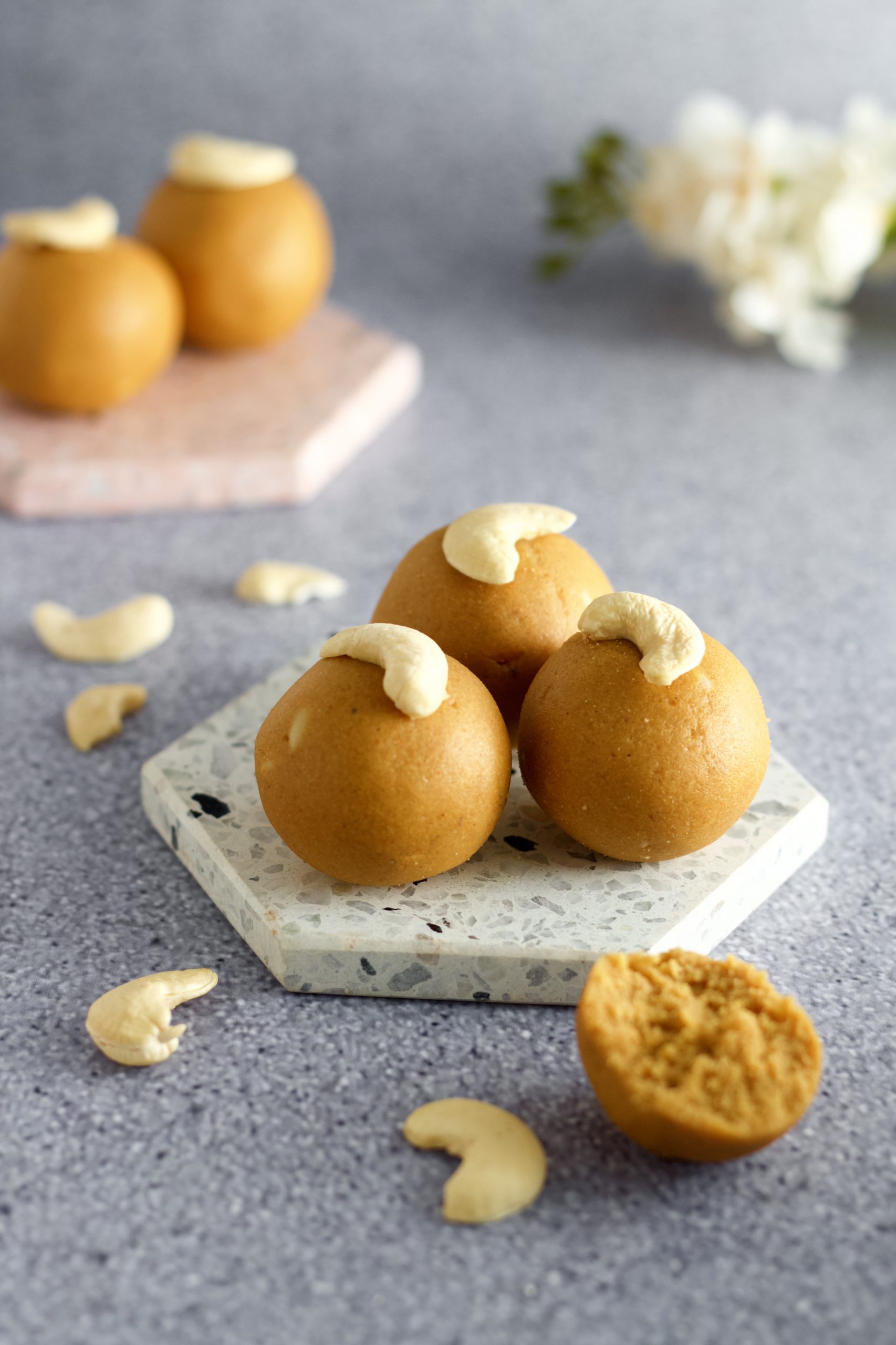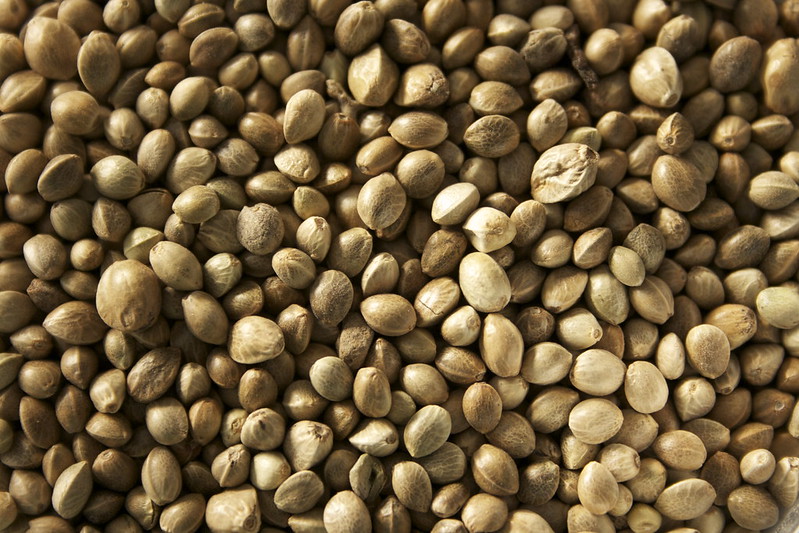
Hello, Eatlo community! 🍽️👋 We’re back with another exciting video for all the health-conscious foodies out there. This time, we’re bringing you a fantastic recipe from Food Metrica, titled “Healthy Banana Bread (OAT FLOUR)”.🍌🍞
About Food Metrica 🎥🍴
Food Metrica is a wonderful platform that features a plethora of healthy, easy-to-make recipes. Their mission is to make cooking accessible and enjoyable, with a focus on health and simplicity. In this video, they take us through the process of making a healthy banana bread using oat flour, sweetened with honey. The recipe is quick, easy, and does not require any refined flour, butter, oil, or dairy.
The Magic of Oat Flour Banana Bread 🍌🍞✨
Banana bread is a classic comfort food that’s perfect for breakfast or a snack. This recipe takes the traditional banana bread and gives it a healthy twist by using oat flour and honey. Oat flour is a great alternative to wheat flour as it’s gluten-free and packed with fiber and protein. Honey, on the other hand, is a natural sweetener that’s healthier than refined sugar.
The Recipe 📝🍌🍞
The recipe starts with grinding oats in a blender or food processor until they reach a flour-like consistency. This is then mixed with cinnamon, baking soda, and baking powder.
In a separate bowl, eggs, milk, mashed bananas, and honey are whisked together until evenly combined. The dry ingredients are then folded into the wet ingredient mixture and left to sit for 5 minutes.
The batter is poured into a bread pan and baked for 30 minutes at 400 F (200 C), then the heat is reduced to 325 F (160 C) and baked for another 15-20 minutes. The bread is left to cool in the pan for 10 minutes before being removed to cool completely on a rack.
Join the Conversation! 🗣️👥
This video is a must-watch for anyone interested in healthy baking and looking for a delicious, easy-to-make banana bread recipe. The recipe is detailed, easy to follow, and results in a delicious, healthy banana bread that’s perfect for breakfast or a snack.
Don’t forget to join our Facebook community for more discussions on food, recipes, and well-being. We’d love to hear your thoughts on this video and any experiences you’ve had with making healthy banana bread. See you there! 😊












